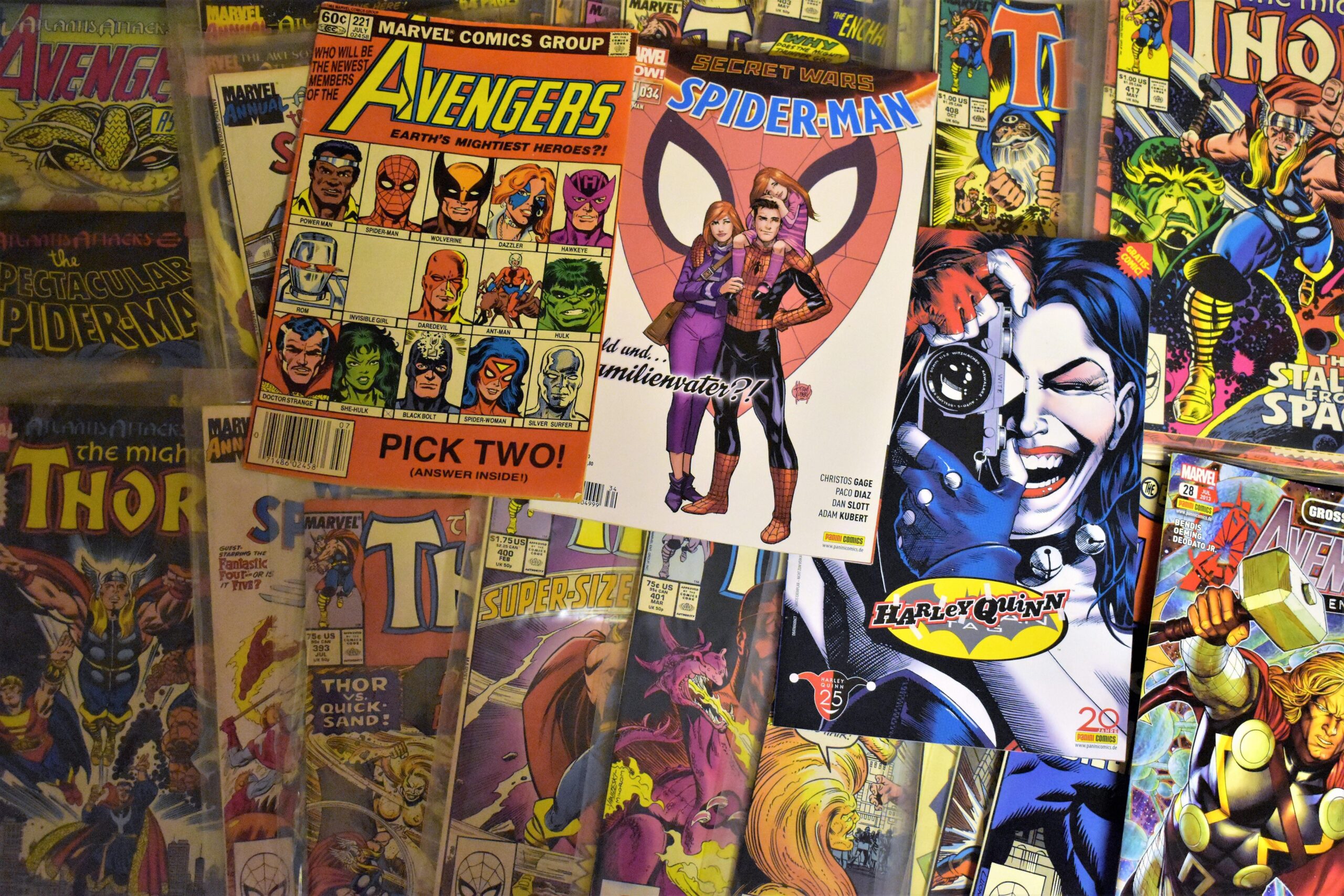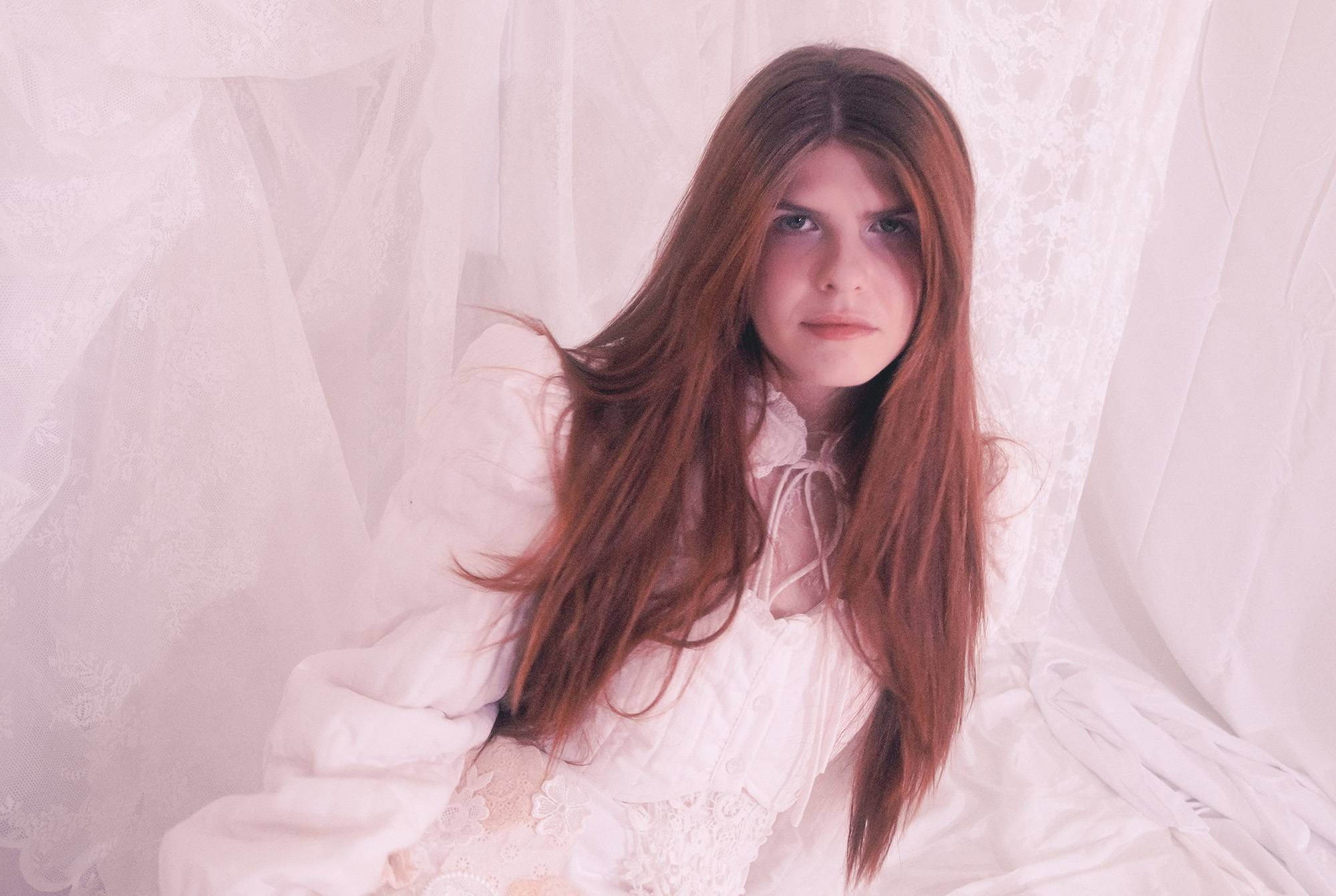
WandaVision isn’t your typical sitcom — unless, of course, you grew up in the 1950s, in which case it’s on point.
Unless you’ve been holed up in a cave with no access to the internet for the past year, you know that the gimmick to WandaVision is playing off of classic sitcoms of the 1950s through at least the 1980s. For the doubters wondering if they’d be able to pull off an accurate homage to the great sitcoms of yesteryear, those worries were laid to rest quite handedly in the first two episodes.
While many of the younger viewers may have little to no exposure to I Love Lucy, Bewitched, or The Dick Van Dyke Show and their ilk, older viewers were no doubt smiling fondly at the memories evoked by the first two of nine half hour episodes with are now available to stream in Disney Plus.
Going beyond the nostalgia contained within the show, just what IS WandaVision about? Seemingly, Wanda Maximoff (Elizabeth Olsen) has used her mutant powers to alter reality. As the show goes along, it becomes clear that the reality she and Vision (Paul Bettany) is living in is self-contained, more akin to a coma dream or bubble universe.
This does not appear to be a full-fledged “House Of M” story, as some have speculated these past months. It seems more likely that this is either a reality Wanda has created for herself and Vision some sort of mind trap reality within which someone is keeping them . The fact that S.W.O.R.D. Agents trying to reach Wanda inside of this bubble reality is maybe proof enough to dispel the “larger reality engulfing all of humanity” theory.
Undoubtedly, the ongoing debate throughout the season will be determining what exactly the point of this Bubble Reality is, why was it created, and just how much control does Wanda have over it?
Who’s in Control?
Speculation at this early juncture might prove to be a tad foolhardy, given our overall lack of knowledge; nevertheless, we will still give it a whirl. What might’ve caused Wanda to create this Bubble Universe?
The simplest answer is grief. At the end of Infinity War, she had to suffer through Vision’s death twice in a matter of minutes. Sure, she also lost her brother (in The Age of Ultron), but she seemed to take that loss mostly in stride.
During the final battle of Endgame, she very nearly took down Thanos singlehandedly in her fury. The idea of Vision being one of the few permanent casualties of Thanos’ campaign, while nearly all other comrades were returned safe and sound, could very well have been enough to push Wanda over the edge of reality.
Another theory which has hitherto not been heavily opined is that somebody else is pulling the strings. It is not without precedence, as both Hydra and Ultron have used Wanda in the past, manipulating her anger towards Tony Stark to benefit their own ends and means.
We can glean that AIM is involved from the advert for the “Strucker Watch” and by the beekeeper emerging from the sewers. The question is: Did AIM have a hand in creating this reality, or are they attempting, like SWORD, to find a way into it?
Furthermore, there’s an abundance of Easter Eggs hinting at Big Bads such as Galactus and Mephisto. Might one of them have a hand in Wanda’s detachment from reality, as we know it? Or are they merely there to serve as hints at what lies in store for us in the fourth phase of the MCU? Of the two, Mephisto is far more likely, given his involvement with Wanda and Vision in the comics
After two episodes, we have now been introduced to a fair amount of the cast apart from Bettany and Olsen. Fred Melamed and Debra Jo Rupp play the roles of Vision’s boss, Arthur Hart, and his wife, Mrs. Hart. So far they appear to be included merely to fit the classic sitcom trope of having one’s boss over for a near disastrous dinner. Within the confines of these roles, both actors shine.
Playing the couple’s neighbor, Agnes, is Kathryn Hahn. She seems to be overly concerned with the goings on in Wanda’s life, fitting another sitcom trope of the nosy neighbor; but at the same time, there seems to be something underneath the surface that has yet to be scratched at, and we can’t help but notice the similarity in Agnes’ name to that of Scarlet Witch’s comic book counterpart, Agatha Harkness.
The next character we come to is Geraldine, played by Teyonah Parris. Geraldine proves she is more than meets the eye within Wanda’s Bubble Universe. She also seems to realize that all is not as it seems to be, a trait not shared by the majority of the denizens within this reality. It is clear that we will have to pay close attention to how her character progresses along with Vision and Wanda.
If any of the Bubble Universe’s members were to be the show’s villain, Dottie Jones, played by Emma Caulfield Ford, would certainly be an early contender. She claims to have heard rumors about Wanda and Vision, rumors which we are not as of yet privy to. She seems to dislike Wanda on some level, and the other women see Dottie as someone whom you need to impress. Wanda seems to rise in Dottie’s esteem a bit after the magic show, which leads us to speculate that Dottie alone may have seen the illusions for what they truly were. Dottie is another character who warrants close observation as the series unfolds.
WandaVision has gotten off to a hot start in its opening episodes. They’ve shown that there is depth of story beyond the gimmick of relying on old sitcom tropes. We have several mysteries which should keep us coming back and guessing throughout the season’s weekly installments. If this is any indication of the quality of content in the fourth phase of the MCU, there will be no post-Endgame letdown.














